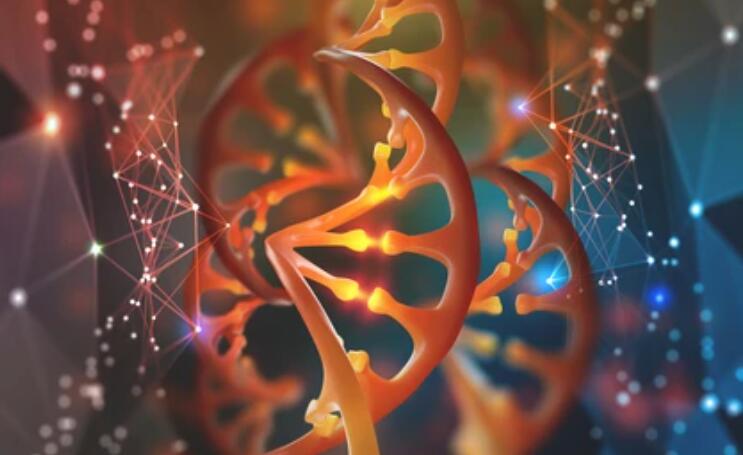The principle of secretory expression in E. coli is that the coding sequence of the target protein is fused to the signal peptide coding sequence, and the expression product can be correctly recognized and excised by signal peptidase when it is secreted through the inner membrane of the E. coli cell into the periplasmic space. The secreted exogenous protein is free of N-terminal methionine. It has been spatially folded (including the formation of disulfide bonds) into an active protein with a natural conformation without the need for a subsequent replication process, thereby simplifying the production process. In addition, the exogenous protein accumulated in periplasmic space avoids degradation by some intracellular proteases and is thus more stable.

To realize the expression and secretion of exogenous genes efficiently and stably, it is necessary to choose suitable secretion vectors. Although there are many secretion vectors available, these vectors have the disadvantages of low expression capacity, only a small portion of the expressed protein is expressed, and poor versatility of the vectors. Therefore, Lifeasible provides a prokaryotic secretion vector construction service, which has the advantages of good versatility, high expression amount, and high secretion efficiency. They can express exogenous genes, including GM-CSF, IL-2, IL-11, IL-18, and so on.
For secretion vectors, selecting components such as promoter sequences, signaling sequences, and termination sequences is usually crucial. We have identified the optimal promoter and signaling peptide combinations for use in secretion vectors through screening. The prokaryotic secretion vectors that we provide to our customers contain replication start and marker genes, and also include, in order, the alkaline phosphatase (phoA) promoter of E. coli that controls the transcription of the exogenous genes, the signal sequence of heat-stable enterotoxin II (STII), the multiple cloning site (MCS), and the rrnB termination sequence.
By combining the phoA promoter, STII signaling peptide sequence, MCS sequence, and termination sequence, Lifeasible provides you with this versatile prokaryotic secretion vector construction service. Please feel free to contact us to customize a solution that meets your needs.